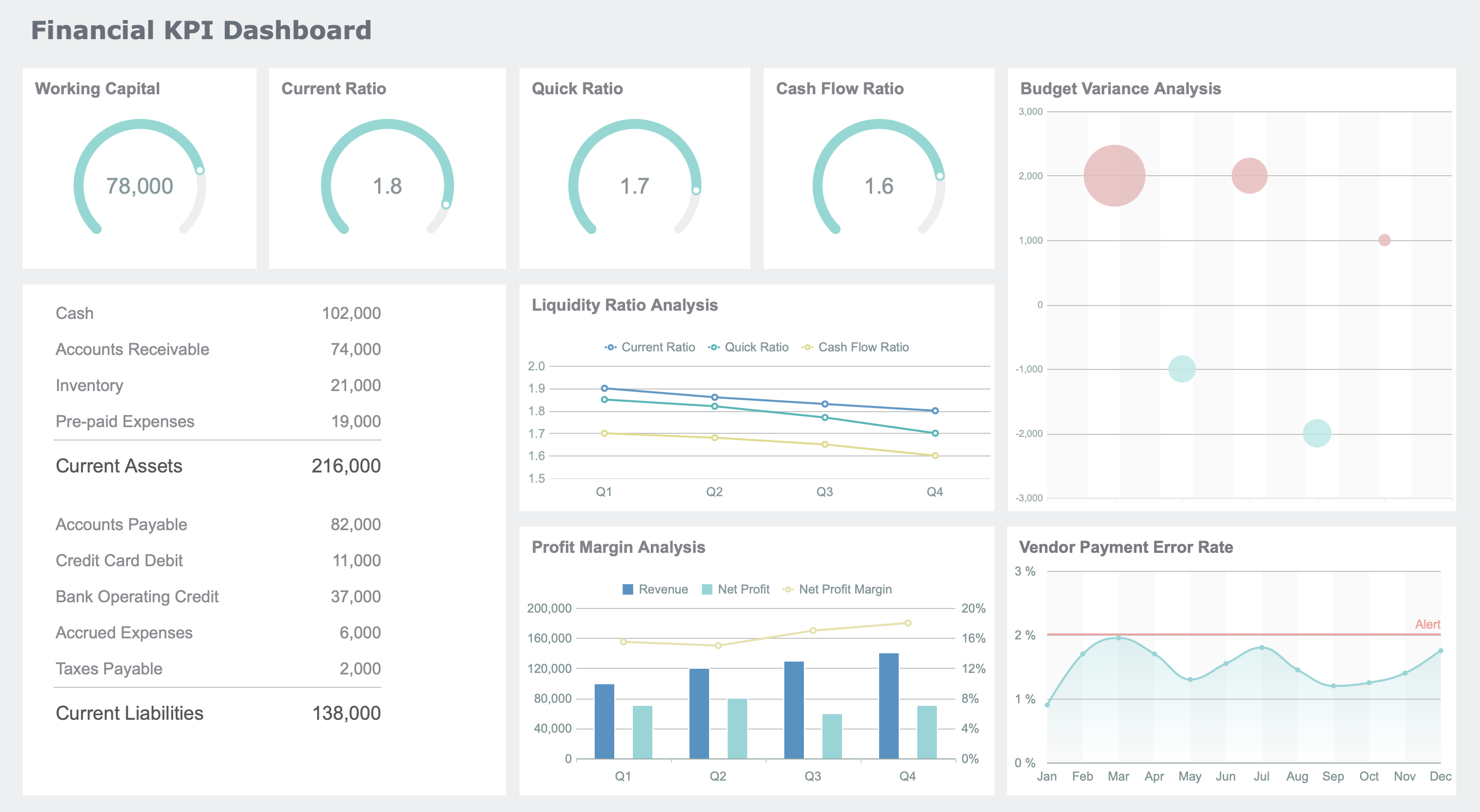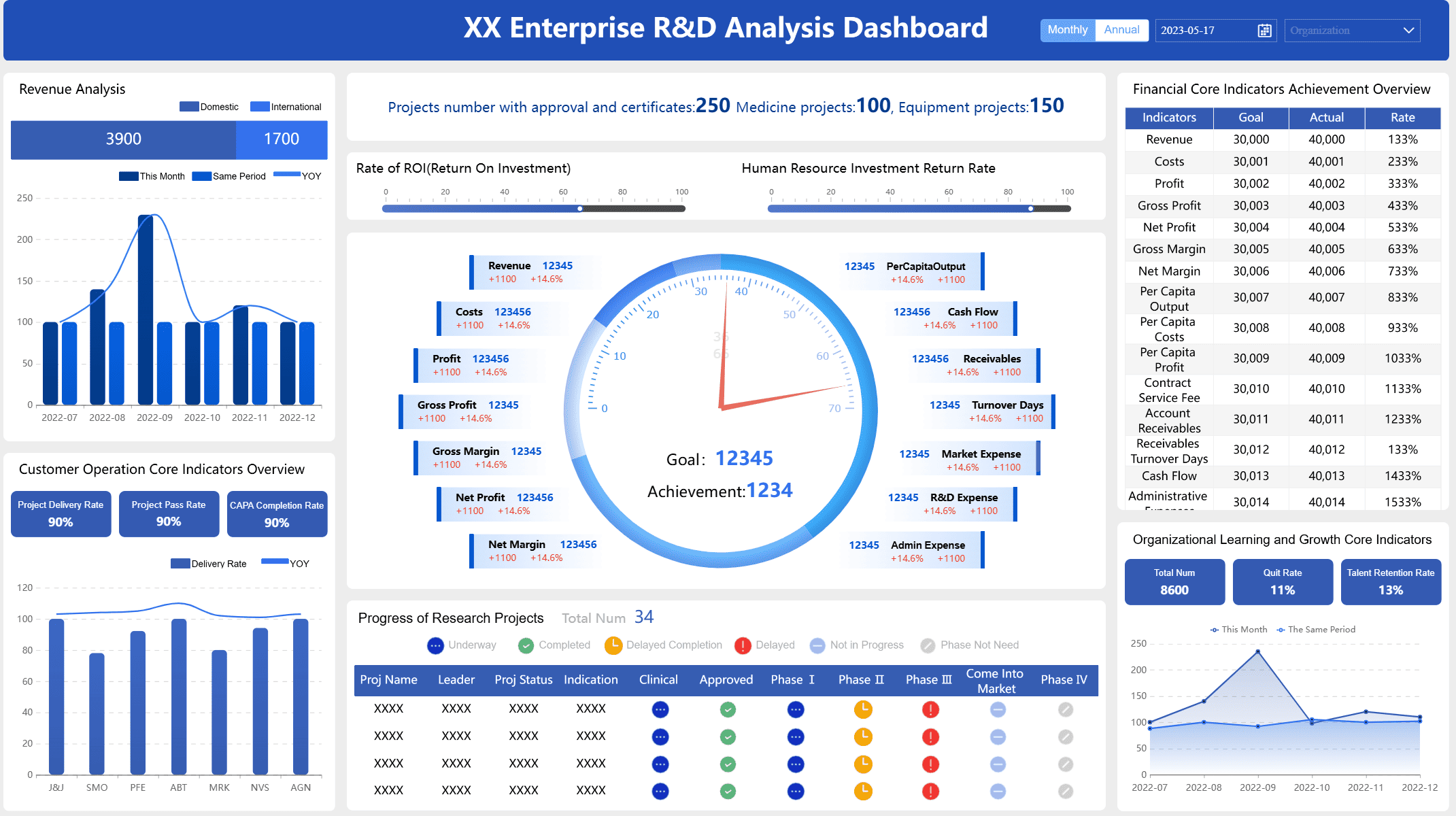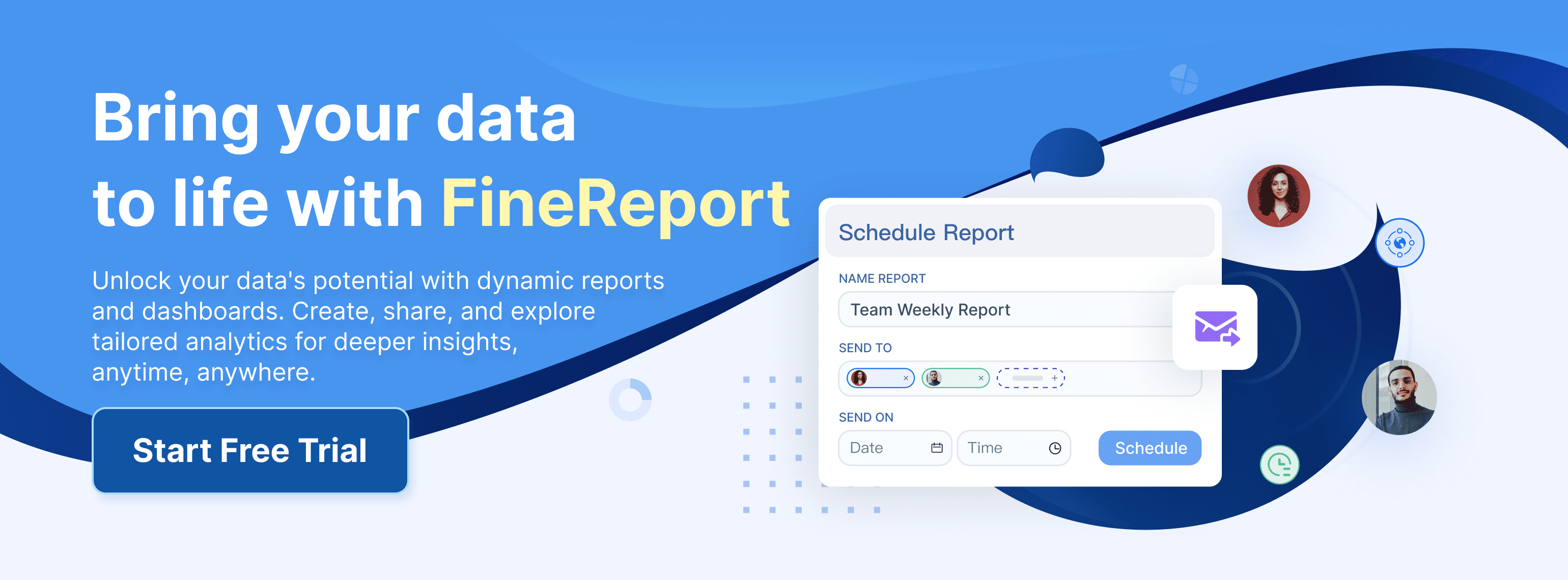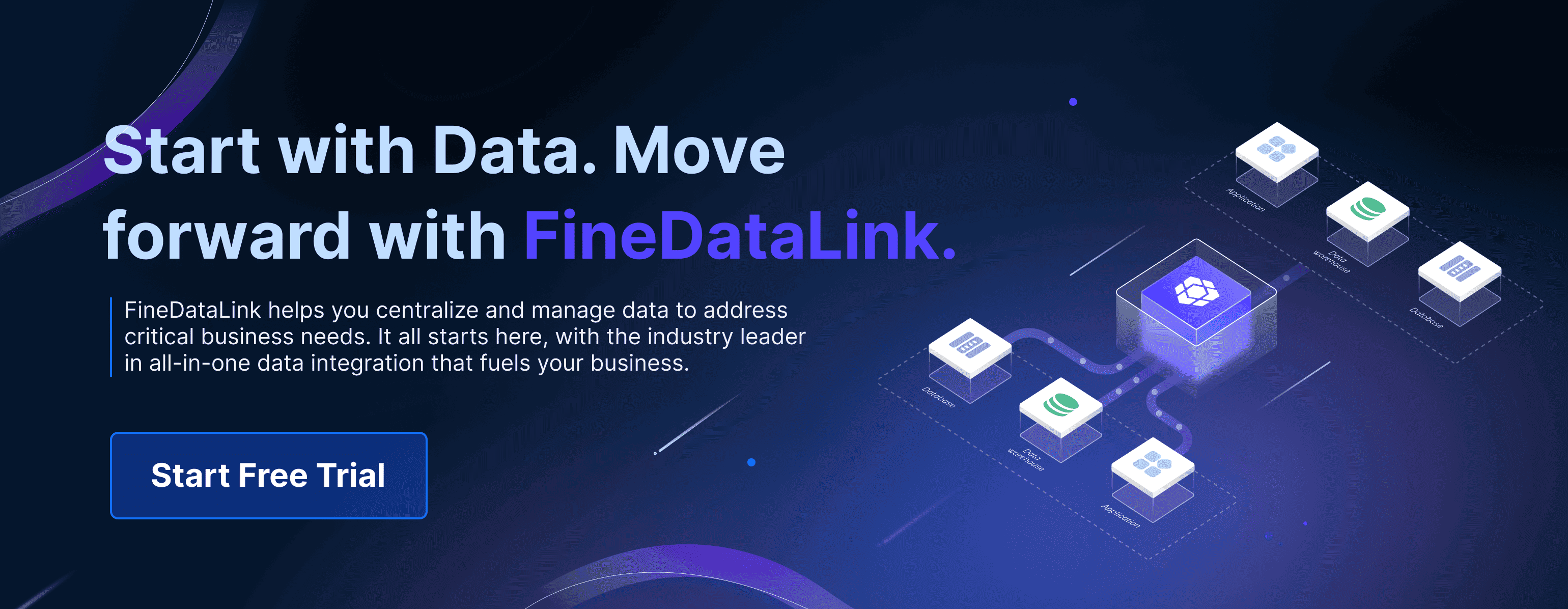

Hold Harmless Agreement
Sean, Industry Editor
Oct 21, 2025
You might see a hold harmless agreement when you work with other people or companies. This legal paper helps keep one side safe from some risks or problems that could happen during a job or event. Businesses in money and making things often use these agreements to handle risk and keep things safe. You can use a hold harmless agreement to make clear rules about who is responsible if something bad happens.
Hold Harmless Agreement Basics
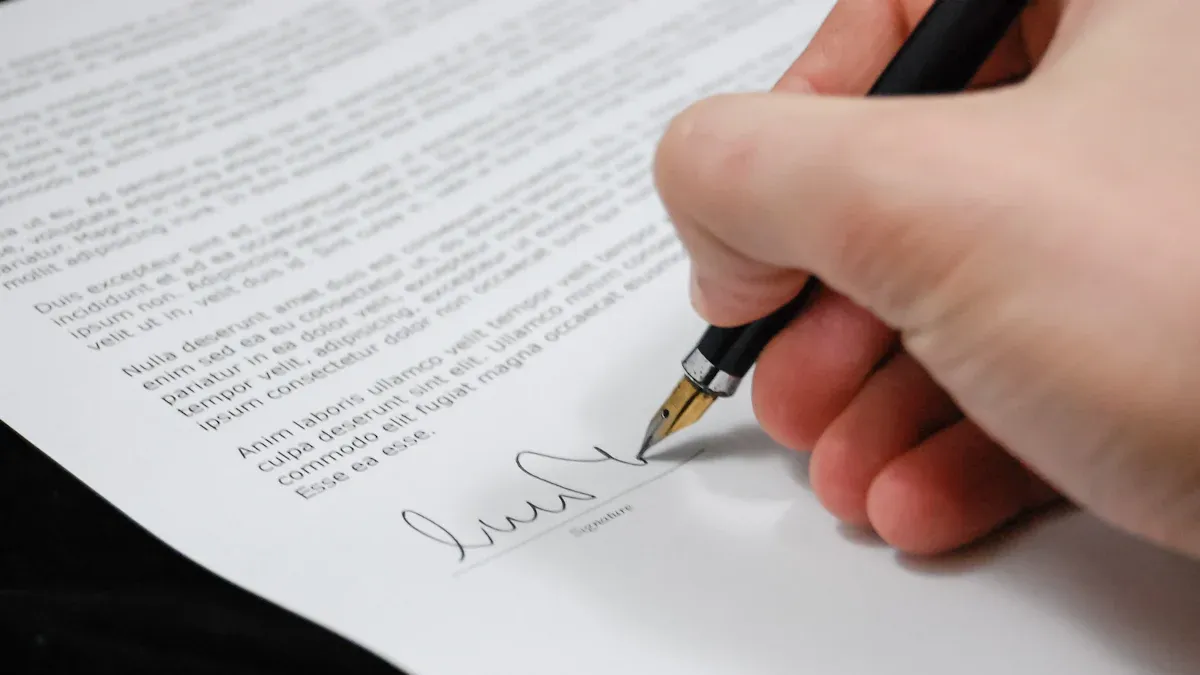
Definition and Purpose of Hold Harmless Agreement
A hold harmless agreement is a legal paper or part of a contract. In this agreement, one side promises to protect the other from claims, lawsuits, or damage during certain activities. You often see these in business, building projects, or service jobs. The main goal is to make sure everyone knows who is responsible if something bad happens.
Lawyers say a hold harmless agreement is like a release of liability. This means you agree not to blame the other side if you get hurt or your things get damaged because of what they did. For example, a lease might have a hold harmless rule. If you rent a place, you might agree not to sue your landlord if you get hurt because they did not fix something.
The purpose of a hold harmless agreement is simple. It helps both sides know their responsibilities. It also sets rules about who pays for damage or injuries. Here are some main reasons people use these agreements:
- They make it clear who is responsible and how much. This helps stop fights and confusion.
- They help control risk by saying who is liable from the start. This is very important in risky jobs.
- A hold harmless agreement lowers the chance you will pay for loss or damage caused by your products or services.
In many jobs, like finance and making things, risk management is very important. Companies like FanRuan help businesses use data tools to watch and control these risks. With tools like FineReport and FineDataLink, you can check your contracts and make sure your agreements protect your business.
FineReport helps you turn contract data into clear, real-time insights—so you can spot hidden risks early and make smarter, safer decisions. (click the above demo to engage)
How Hold Harmless Agreement Works
You use a hold harmless agreement to move risk from one side to another. When you sign, you promise to protect the other side from some legal trouble. For example, if you hire a worker for your house, the worker might agree to be responsible for any accidents or damage during the job.
Here is how a hold harmless agreement usually works:
- The agreement is part of a contract to protect a company by moving some risk to the other side.
- If someone sues the company because of what the other side did, the other side must pay the costs. This is called indemnifying the company.
- Many contracts, especially with government or managed care groups, need a hold harmless agreement. If you do not sign, you might lose the job.
- The rules about these agreements can change depending on where you live. Some states do not allow some types of hold harmless agreements. Sometimes, the agreement does not cover every problem, so you could still be responsible.
You might also hear the word indemnity agreement. This is another name for a hold harmless agreement. Both mean one side agrees to protect the other from some risks.
If you work in finance or making things, you know it is important to watch your contracts and risks. FanRuan has tools that help you collect, study, and report data about your agreements. This makes it easier to control risk and follow the law.
Common Uses of Hold Harmless Agreement
You can find hold harmless agreements in many jobs. People use them to protect themselves from legal trouble that might happen during work, events, or services. Here is a table with some common examples:
| Industry | Scenario |
|---|---|
| Construction | Contractors take responsibility for accidents and damages on-site. |
| Real Estate | Property owners protect against tenant-related liabilities. |
| Healthcare | Patients sign agreements to limit provider liability for inherent treatment risks. |
| Sports | Leagues limit liability for injuries through participant agreements. |
In construction, a worker might agree to pay for injuries or damage while working on a building. In real estate, a landlord might use a hold harmless agreement to avoid being sued by renters. In healthcare, patients sometimes sign these before getting treatment. Sports leagues use them to protect against injuries during games.
In finance and making things, companies use hold harmless agreements to control risk in deals with partners, suppliers, or clients. These jobs have many risks, like market changes or broken machines. FanRuan’s data tools help you watch these agreements and find risks early. By using these tools, you can make better choices and protect your business.
You will also see different types of hold harmless agreements. Some are simple and only cover certain risks. Others are broad and cover many things. Knowing the types helps you pick the right one for your needs.
Tip: Always read a hold harmless agreement carefully before you sign. If you do not understand something, ask a lawyer for help.
Types of Hold Harmless Agreement
Not every hold harmless agreement works the same way. You should know the main types before you pick one for your project or business.
Unilateral and Reciprocal
There are two main kinds: unilateral and reciprocal. Each kind deals with risk differently.
| Type of Agreement | Description |
|---|---|
| Unilateral Hold Harmless | Only one side takes the legal risk. |
| Reciprocal Hold Harmless | Both sides agree not to blame each other for losses. |
A unilateral agreement is used when one side, like a contractor, takes all the risk. A reciprocal agreement is good when both sides want the same protection. Always check which type you are signing.
Limited and Broad
You can also group these agreements by how much risk they cover. Some protect you for only certain things. Others cover almost everything.
| Agreement Type | Description |
|---|---|
| Limited Form | Protects you only if you are not at fault. |
| Broad Form | Makes you responsible even if you did nothing wrong. |
- Limited agreements help if you did not cause the problem.
- Broad agreements can make you pay even if you are not at fault.
Note: Broad agreements often use unclear words. This makes them hard to use in some places, like California. You might face risks you did not expect, so always read the agreement carefully.
Industry Examples
Many jobs use these types of agreements, especially where there is a lot of risk.
- In finance, companies use them to limit losses from risky deals.
- In manufacturing, businesses use them to protect against problems with machines or accidents.
For example, a finance company might use a limited agreement for mistakes made by their own workers. A manufacturer might use a broad agreement to cover all risks in a supply deal.
You can use tools like FineReport and FineDataLink from FanRuan to help watch and manage these agreements. These tools let you track contract details, find risky rules, and keep your business safe. By using data tools, you can make better choices and lower your risk.
Hold Harmless Clause and Legal Considerations
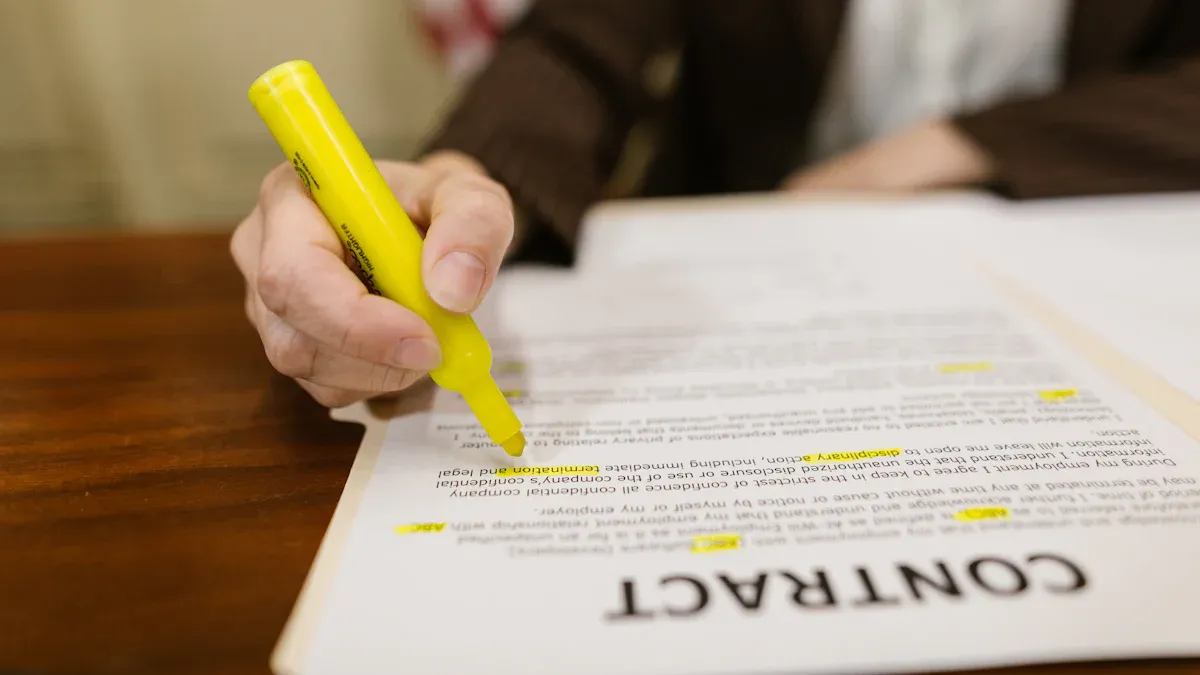
Key Elements of Hold Harmless Agreement
When you read a hold harmless agreement, look for some key parts. These parts make the agreement strong and easy to understand. Here is what you should include:
- Write the names of both sides. Say who gives protection and who takes the risk.
- Tell what actions or mistakes could cause problems.
- List what kinds of losses or damages might happen.
- Promise that one side will pay for these losses or damages.
- Add a place for everyone to sign.
- Explain how long the agreement will last.
- Say which laws will control the agreement.
- Add a severability clause. This keeps the rest of the agreement working if one part fails.
If you use contracts at work, make sure these parts are easy to find. FanRuan’s data tools, like FineReport, help you check and review these details in your contracts. This makes it easier to manage risk.
Enforceability
You want your hold harmless agreement to work if something bad happens. Courts look at a few things to see if the agreement is good. You should use simple words and make sure both sides know the risks. The agreement cannot break any laws or public rules.
| Factor | Description |
|---|---|
| Clarity of Waiver | The waiver must be easy to read and not hidden. |
| Public Policy | If the waiver goes against public rules, it will not work. |
| Nature of Service | Important services, like hospitals, may not allow waivers. |
| Conspicuousness | The waiver should stand out in the contract. |
| Signature Relation | The signature must show you agree to the waiver. |
| Minors' Claims | Parents cannot sign away injury claims for children. |
Some states have different rules. For example, a landlord cannot use a waiver to avoid fixing shared spaces. Courts also look at the power between the two sides. FanRuan’s reporting tools help you check your contracts for these risks and make sure you follow the law.
Insurance and Liability
A hold harmless agreement moves risk from one side to another. You still need insurance for big problems. The agreement does not stop you from being responsible to others. If you pay damages to someone else, you can ask the other side to pay you back. This is where insurance helps.
- Hold harmless agreements move risk, but do not remove all responsibility.
- Insurance gives extra help if something bad happens.
- You should use both a hold harmless agreement and insurance to manage risk.
FanRuan’s tools help you manage these agreements and track insurance. You can use FineDataLink to collect and study data about your contracts and insurance. This helps you make smart choices and keep your business safe.
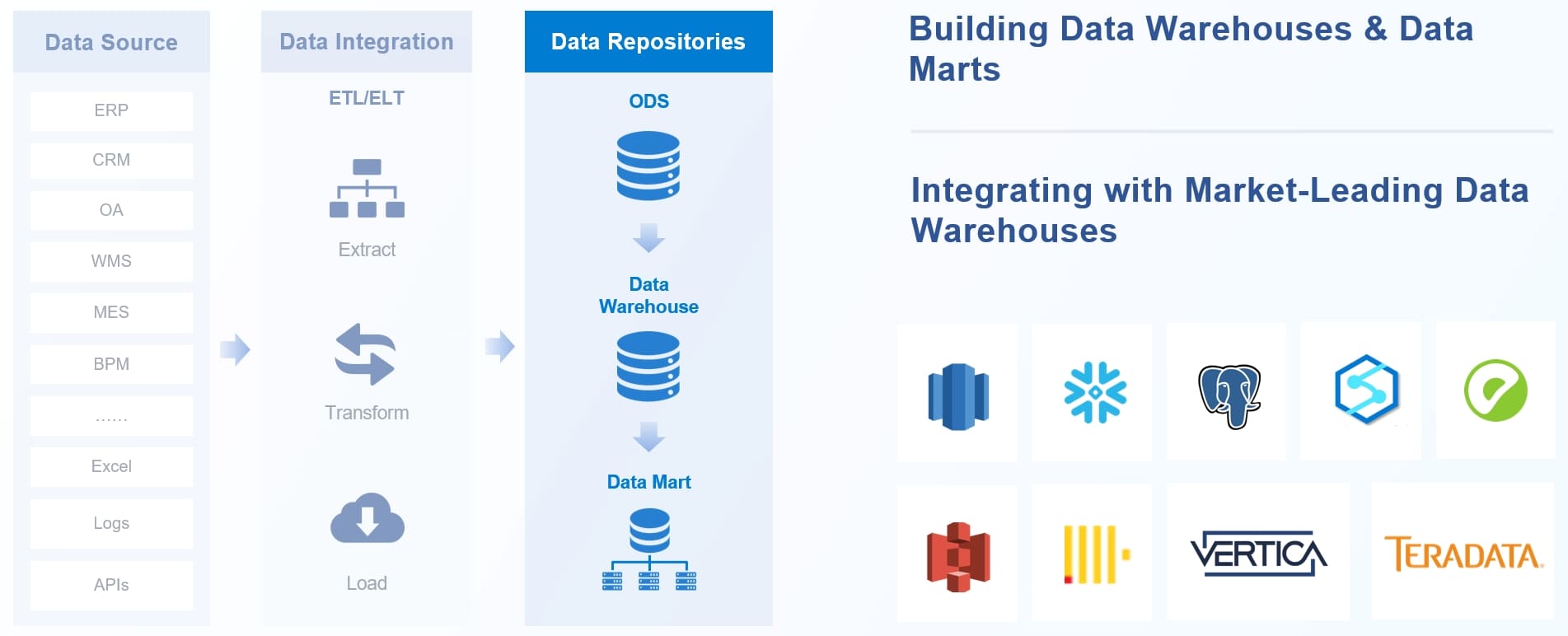
Tip: Always check your insurance before you sign an indemnity agreement or liability waiver. Make sure your coverage matches your contract.
Benefits and Limitations of Hold Harmless Agreement
Advantages for Businesses
Using a hold harmless agreement helps keep your business safe. It can lower costs for lawyers and court cases. You might not need to file as many insurance claims. This helps your insurance prices stay the same. If you fix problems quickly, your company looks good to others.
Here is a table with some main advantages:
| Advantage | Description |
|---|---|
| Lower legal expenses | You pay less for lawyers and court costs. |
| Fewer insurance claims | You avoid extra claims and save on insurance. |
| Less risk of reputational harm | You fix issues fast and protect your brand. |
There are other good things too:
- You face less risk in dangerous jobs.
- Clear rules mean fewer arguments.
- You can grow your business without worrying about lawsuits.
- You feel calm because you have protection.
Founder Securities used FanRuan’s data tools to watch contracts and risks. They made better choices and kept their business safe during a big merger. With FineReport and FineDataLink, you can check agreements and find risks early.
Potential Risks
A hold harmless agreement can be risky if you do not read it well. Sometimes, you take blame for things you did not do. You might have to pay for claims that are not your fault. Some agreements use unclear words, which can cause fights. You could pay for unlimited damages or claims not linked to your actions. If your insurance company does not agree, you might not be covered.
Here are some common risks:
- Unfair burden: You pay for damage even if it is not your fault.
- Legal complexity: Confusing words lead to arguments.
- Negligence concerns: Some agreements let others avoid blame for mistakes.
- Financial risks: You could pay a lot for lawyers and damages.
When to Seek Legal Help
You should talk to a lawyer before signing a hold harmless agreement. Some states do not allow these agreements or limit them. If you want to move a lot of risk, a lawyer can help you stay safe. A lawyer can check the agreement and make sure it is fair. If you do not get legal help, you might agree to things you did not mean to. Broad words can give you more risk than you think. Legal advice helps you avoid signing something that could hurt your business.
Tip: Getting legal help keeps you safe from hidden risks and helps you understand your agreement.
Hold harmless agreements help you handle risk. They show who is responsible for losses or damage. These agreements can help you spend less on legal fees. They also help keep your business safe. Here are some important points:
| Key Takeaway | Explanation |
|---|---|
| Definition | A hold harmless agreement lets one side avoid blame for injuries or damage to the other side. This is very important in risky jobs. |
| Insurance Impact | These agreements can mean fewer claims and less blame. This might make insurance cheaper because companies see less risk. |
| Limitations | The agreement must be clear and legal. If it is not written well, it might not work. Rules can change depending on where you live. |
You should always check the type of agreement and its rules. Use data tools like FanRuan’s to watch contracts and find risks early. For the best safety, ask a lawyer before you sign.
FanRuan
https://www.fanruan.com/en/blogFanRuan provides powerful BI solutions across industries with FineReport for flexible reporting, FineBI for self-service analysis, and FineDataLink for data integration. Our all-in-one platform empowers organizations to transform raw data into actionable insights that drive business growth.
FAQ
You often see both terms used together. A hold harmless agreement protects you from legal claims. An indemnity agreement means the other side pays you back for losses. Both help manage risk, but indemnity focuses on repayment.
You should ask a lawyer for help. A lawyer checks the agreement for fairness and legal rules. This keeps you safe from hidden risks. If you do not understand the terms, always get legal advice.
No, it cannot protect you from every lawsuit. Some laws do not allow you to avoid certain responsibilities. Courts may not enforce agreements that break public rules. Always check what your agreement covers.
You should use one when you work with others on risky jobs or events. For example, use it in construction, sports, or business deals. It helps you set clear rules about who pays if something goes wrong.


